FromSoftware is generally credited as the creator of the soulslike genre, with the studio providing exhilarating yet unforgiving experiences that have captivated the most hardcore gamers. From 2009’s Demon’s Souls to 2015’s Bloodborne, FromSoftware rarely miss when it comes to presenting challenging gameplay accompanied by riveting environmental storytelling. Elden Ring Nightreign challenges FromSoftware’s own formula, effortlessly creating an addictive multiplayer soulslike with an adjusted core gameplay loop that will have you on your knees begging for mercy.

In Elden Ring Nightreign, you must survive a 3-day Expedition in Limveld to prevent the land from being encumbered by Night’s Tide, a storm ring of deathly rain and blue flame, conjured by a Nightlord. During each day, Nightfarers are encouraged to farm for resources like weapons, talismans, usable items, and most importantly, levels. On Nights 1 and 2, your brute will be tested against a random boss, both new and from FromSoftware’s repertoire of iconic bosses. Finally, on day three, the most taxing and butt-clenching challenge of all, the Nightlord Battle. There’s an organic flow to the three days, and after a few expeditions with the same team, your path to the third day becomes instinctive.
There are eight pre-built characters to select, called Nightfarers, covering a diverse range of the character builds you can create in Elden Ring. Along with a basic loadout to begin with, each Nightfarer has a passive ability, primary ability, and ultimate ability. During my thirty hours and counting of Nightreign, most of my time was spent playing as the Guardian, a feathered tank equipped with a halberd and shield primarily used to block attacks and protect the team in moments of crisis. All of the Nightfarers are genuinely fun to use and offer different benefits across different situations. Some require a hefty amount of skill to master, but generally speaking, none felt too complicated to use.

Elden Ring Nightreign’s combat is strikingly identical to Elden Ring. If you have played Elden Ring, it feels like putting on an old pair of shoes. The combat still feels as responsive and unforgiving as the original game, though, RNG plays a major factor in achieving a build you are comfortable with. Despite each Nightfarer being adept with certain weapon types, there are no limitations to what you can equip throughout the expedition. The Nightfarer’s abilities provide an invigorating new way to strategise around demanding battles.
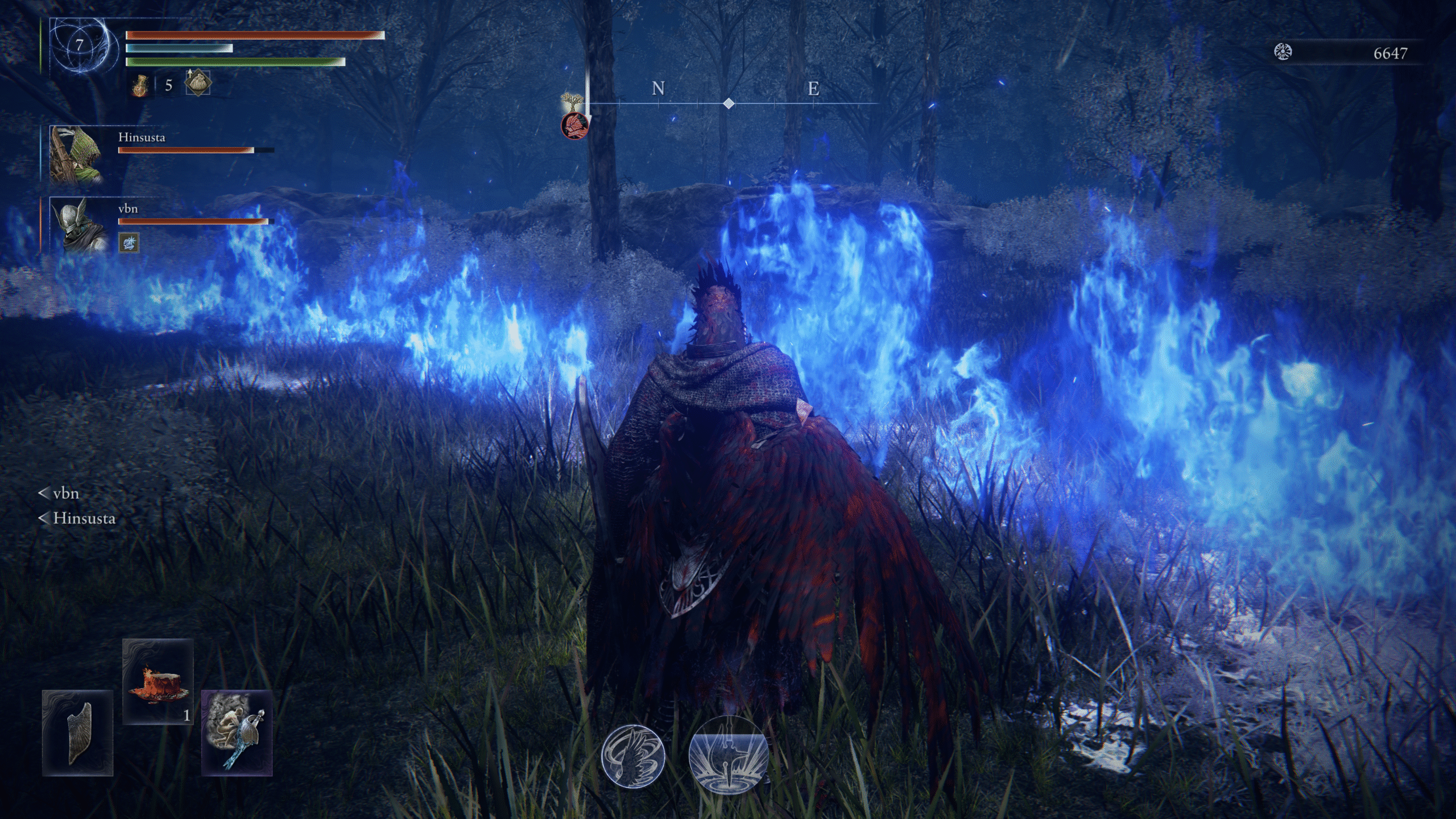
Nightlords are new bosses to the Elden Ring universe that will not only test your skill as a player, but the synergy you and your team have built during your time together protecting Limveld. Like any soulslike, these bosses bring no mercy, and learning their moves across multiple expeditions is your only chance of defeating them. Each expedition is 60-90 minutes long, so grasping a Nightlord’s attack patterns across multiple phases requires a lot of time and patience. Encountering each Nightlord for the first time had my team and me brimming with suspense. Feeling that vulnerability, walking into what was likely going to have a catastrophic outcome, is always renewed.
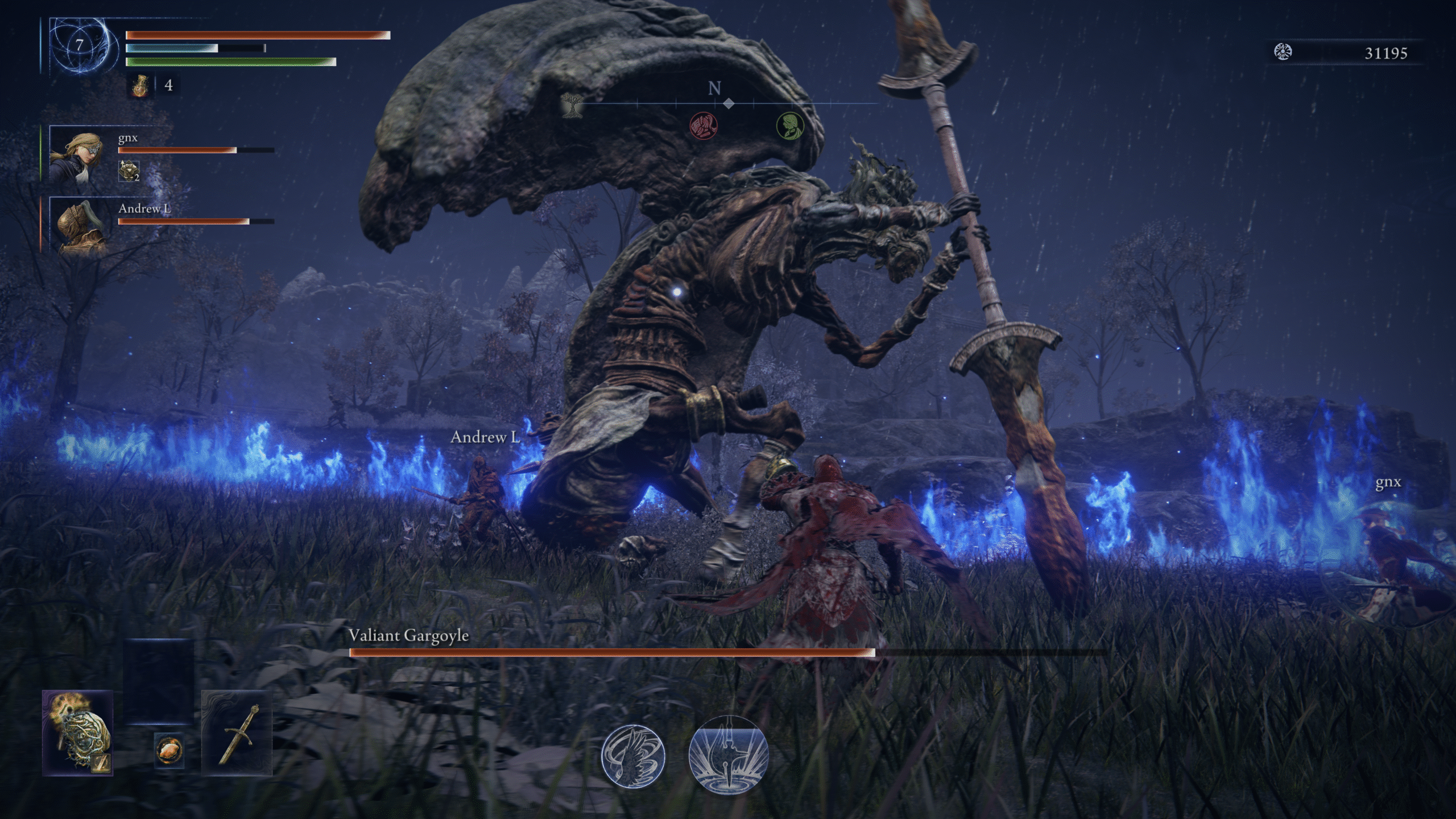
The Nightlords themselves are so brilliantly designed, each with their own aesthetic and epic theme song to accompany it. No two Nightlords are alike; each has its own weaknesses, which are outlined in the selection menu, but of course, that alone is not going to guarantee victory. Each Nightlord, once killed, drops a special Relic Rite which grants passive abilities when equipped prior to an expedition.
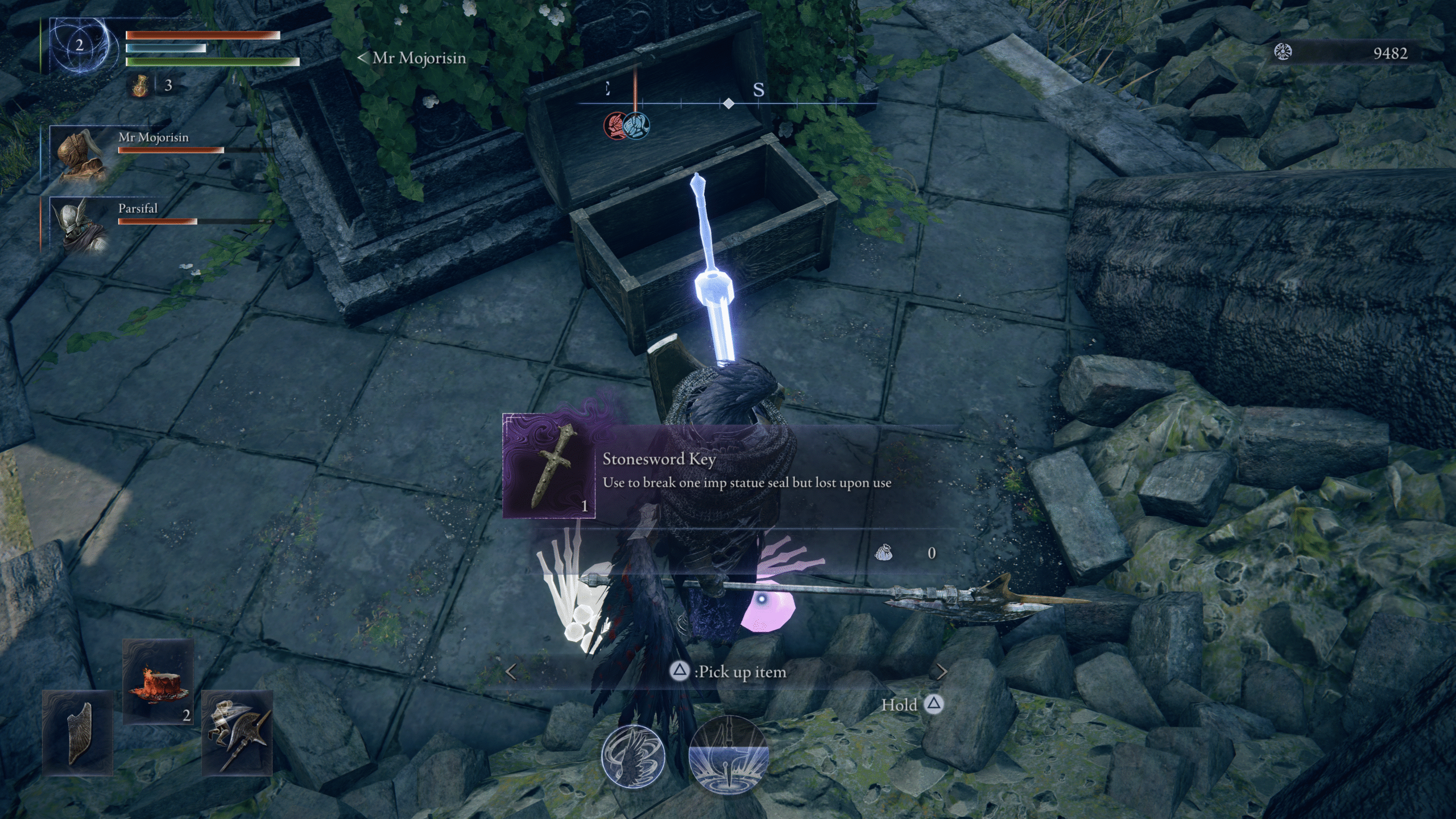
Like Elden Ring, Sites of Grace replenish health, FP, and cure ailments, and allow Nightfarers to level up using Runes. During an expedition, there are many Key Locations to explore in Limveld, which are randomly assorted each time. Churches, one of the only safe locations, provide you with an additional health flask, something vital to your survival towards the end of your expedition. Smaller camps, caves, and forts provide early game access to less invasive enemies and bosses to grind levels, while larger locations like the Castle and Evergaols provide a risk-reward type situation, with rarer equipment and higher amounts of Runes to be found. Greater Enemies drop a rewards cache, giving the choice of one of three random passive perks or equipment varying in rarity.
Navigating the world is a breeze with Spiritstreams and Spectral Hawk Trees purposefully placed around Limveld to help you traverse efficiently. Climbing up vertical terrain often feels clunky, but the fast movement of the Nightfarers really swings the momentum of the expedition and sets a fast pace that I appreciated, given how long an expedition can run for.

After the completion of expeditions, World Events can occur, altering the shape of Limveld, which includes changes in environmental terrain such as a scorching lava crater, a large mountaintop engulfed in a snowstorm, and more. These World Events bring new life to the original Limveld map, and while they are incredibly tortuous to navigate, the unique rewards found in the secrets of these World Event locations can grant a massive advantage to the impending fight against the Nightlord.
Upon death during Day 1 and 2, Nightfarers lose a level permanently and drop the Runes they have accumulated and not yet spent. Runes are easily retrievable during the Day cycles, as you generally respawn nearby; however, the loss of a level or two can completely derail a whole expedition. While I mentioned that completing Day 1 and 2 can become instinctive after a few expeditions, Nightreign still encourages and requires strategic thinking. Knowing when to fight or flee is crucial to success.
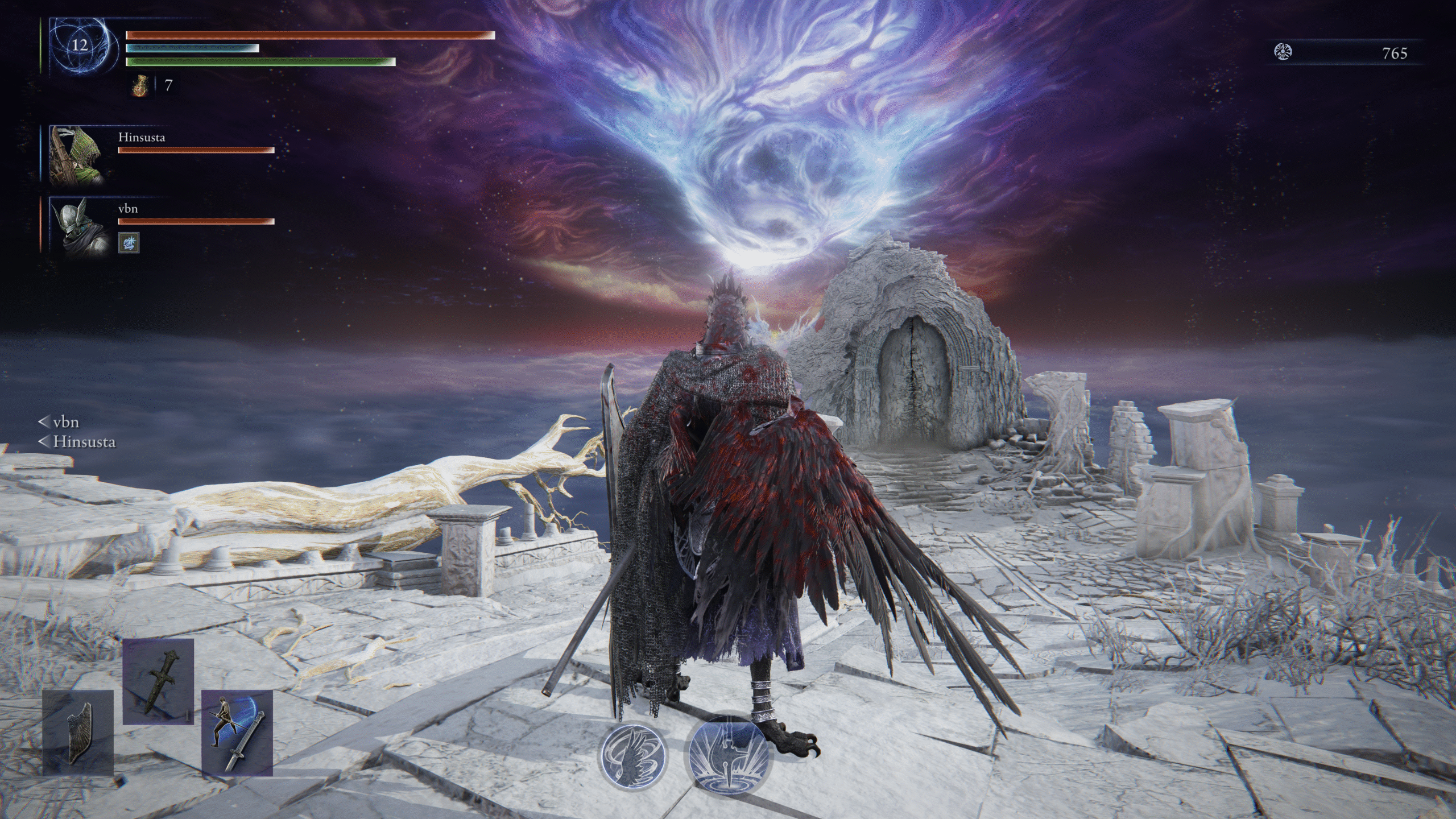
Pinging on the map is the only way to communicate with your fellow Nightfarers unless you are in a party chat on your chosen platform. Playing with friends using PlayStation’s party chat function was when I felt most synergised with my team. Matchmaking with random team members proved troublesome, as the only true way to communicate during a game is with the map pinging system, which I often felt wasn’t sufficient enough in a hardcore game like Nightreign that relies on teamwork.
The Roundtable Hold makes a return and acts as the base of operations for Nightfarers between expeditions. Here, Nightfarers can train in the Sparring Grounds, purchase Gestures and Relics at the shop, equip Relic Rites, and, of course, matchmake for your next expedition. A journal is also available that allows you to partake in small questlines related to the Nightfarer you are using, and provides some weighty insight into the backgrounds of these characters.
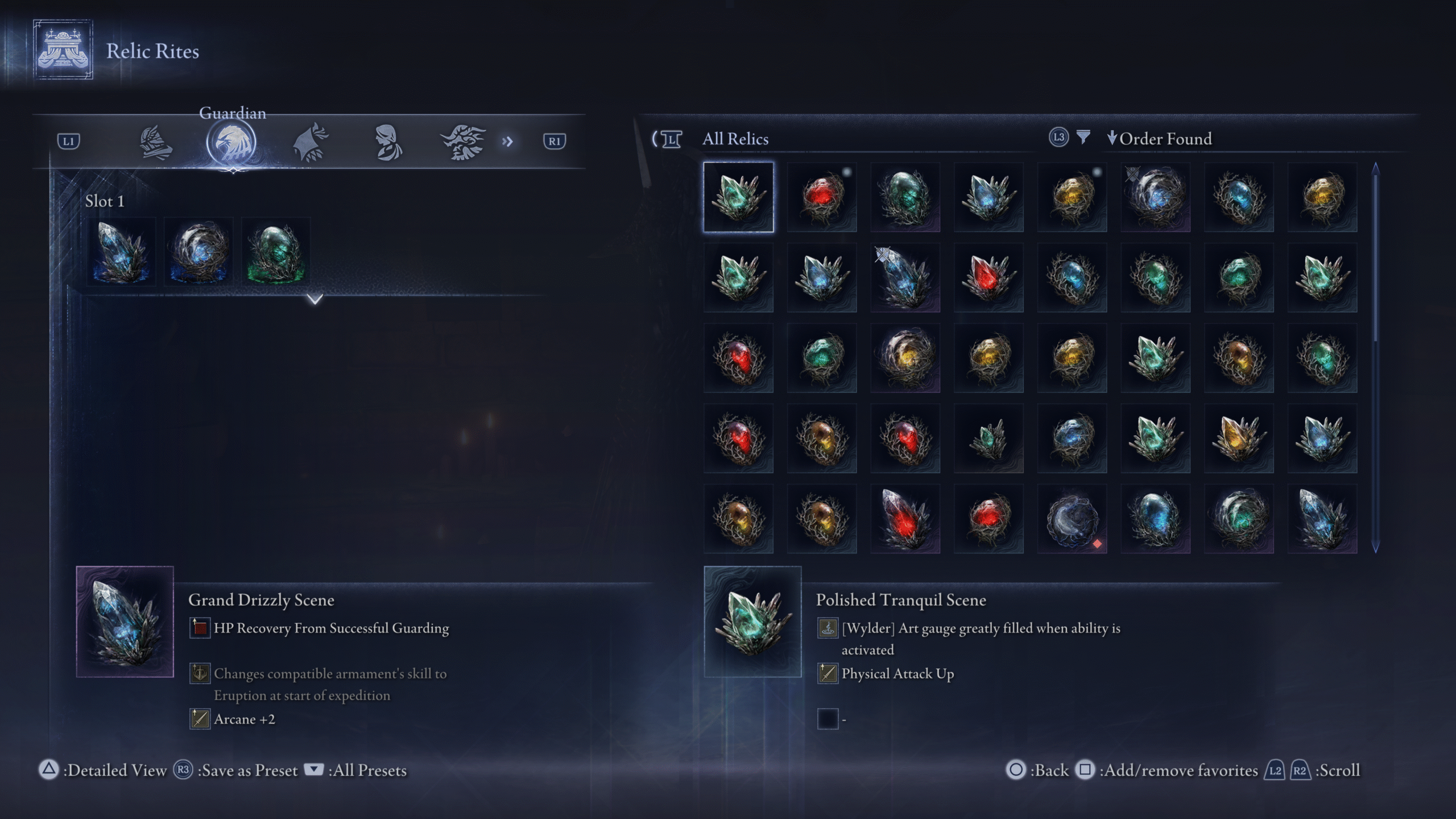
As expected from a FromSoftware game, the soundtrack lends a hand in constructing epic and cohesive boss battles. While I won’t reveal too much about the eight Nightlords, the music accompanying these battles provides a monumental and harrowing experience, especially during the second phases of these bosses.
Elden Ring Nightreign isn’t the multiplayer FromSoftware game I ever imagined us having, but it sure is a captivating one. The core gameplay loop will effortlessly have players saying “just one more” repeatedly until they notice the sun rising outside their window. What may be a drawback for players is how less forgiving this title is compared to Elden Ring. Gone are the days of Mimic Tear-ing your way to the final boss. Skill, wit, and team synergy are the only ways you can save Limveld from destruction.
ELDEN RING NIGHTREIGN REVIEW
Elden Ring Nightreign takes the best elements of Elden Ring and applies an engrossing core gameplay loop that will have Nightfarers in a trance. Everything is better with friends, and this makes Elden Ring Nightreign the best multiplayer game of the year.
PROS
-
Addicting gameplay loop
-
Has everything you loved about Elden Ring
-
There’s a Nightfarer suited for every gameplay style
-
Soundtrack is fantastic
-
Tarnished, but whole
CONS
-
Communication mechanics are weak for a game based around teamwork
-
Less forgiving compared to Elden Ring, which may deter some players
Reviewed on PlayStation 5. A review code was provided by the Publisher for purposes of this review.
